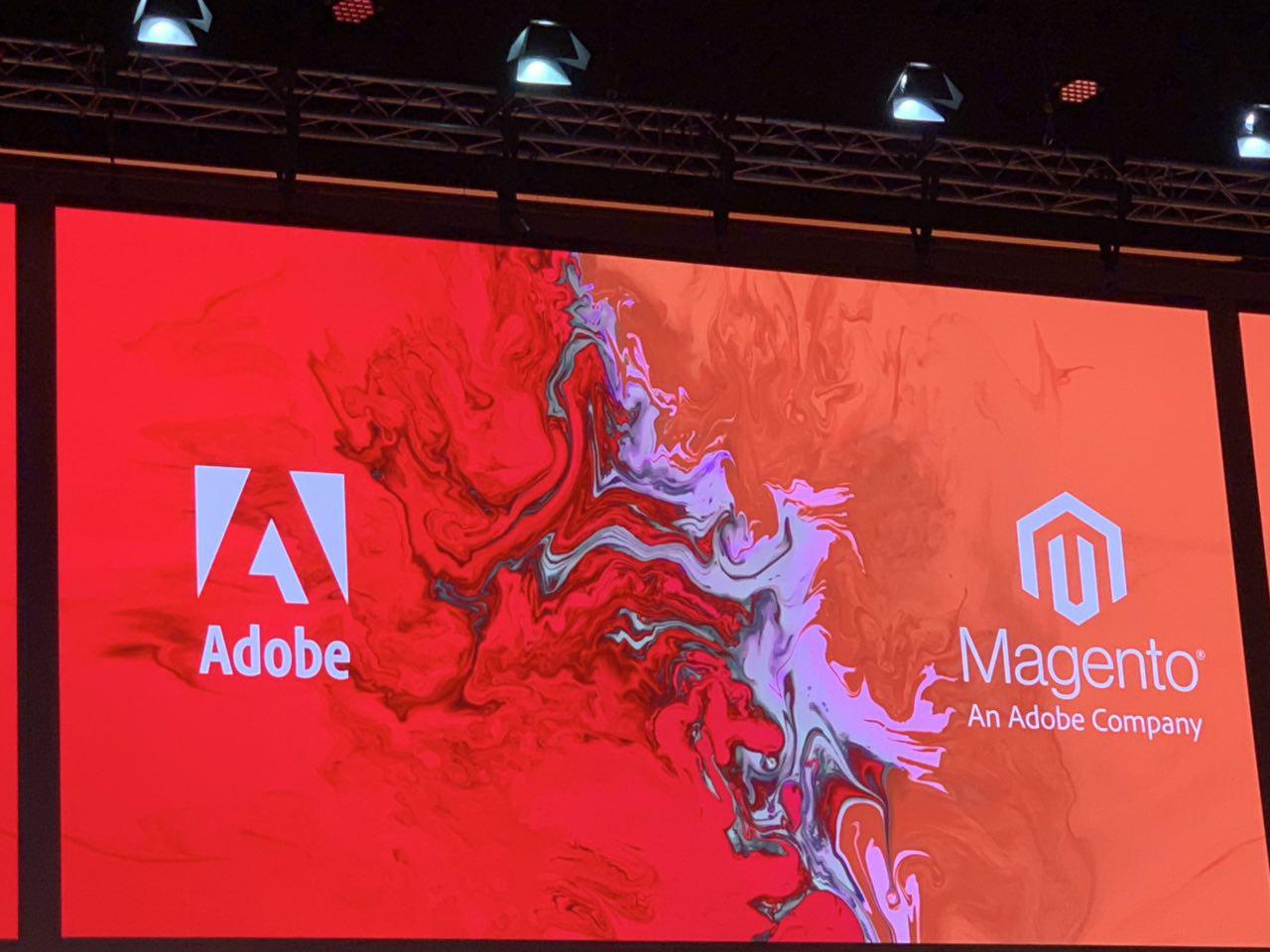Magento as Part of Adobe Experience Cloud

It’s not a secret that Magento successfully operates as a part of Adobe Experience Cloud. “Few people laughed, few people cried, most people were silent” when the acquisition has been announced for the first time. Of course, there were lots of dissatisfied fellows who predicted the worst case scenario for our favorite e-commerce platform. At the same time, many enthusiasts were happy to see the new source of investments, and they were right: Magento is here, nobody tries to kill the community edition, new features are implemented as planned and even faster. Since a certain amount of time has already passed, we’d like to share the opinion of the Firebear team on Magento as a part of Adobe Experience Cloud. Continue Reading
